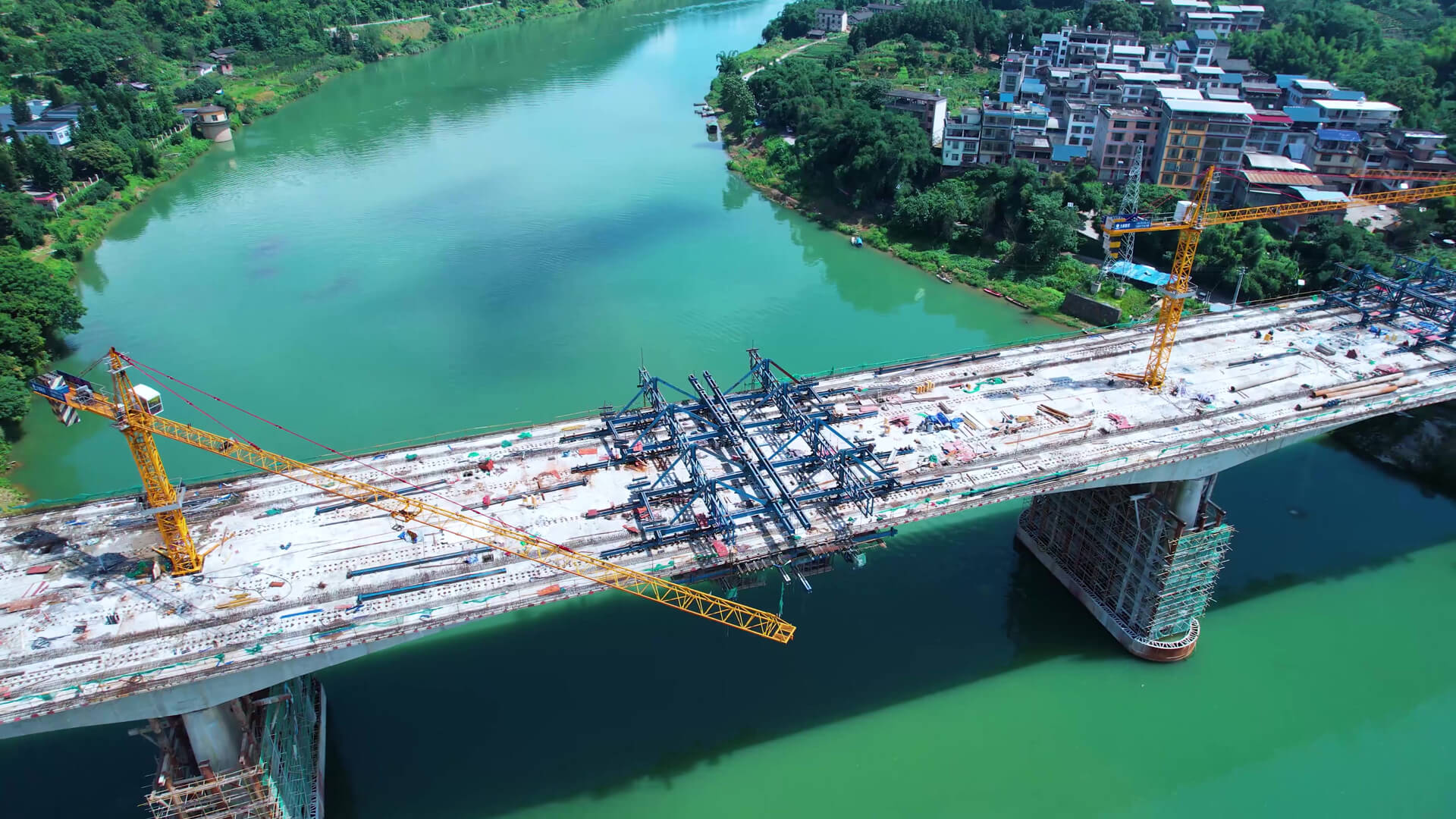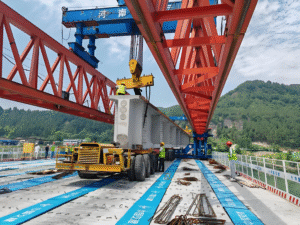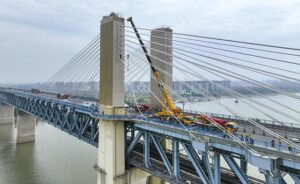Introduction
Prestressing has revolutionized modern bridge engineering, enabling the construction of longer spans, slimmer profiles, and more durable structures. Whether dealing with concrete, steel, or composite materials, prestressing techniques enhance structural efficiency, reduce maintenance costs, and extend service life.
In this in-depth guide, we explore how prestressing is applied across different bridge types, its key benefits, and why it remains a fundamental technique in civil engineering. We’ll also examine real-world examples, industry trends, and expert insights to provide a well-rounded perspective.
What is Prestressing?
Prestressing is a structural engineering technique where controlled compressive forces are applied to a structural element before it is subjected to service loads. This pre-compression counteracts tensile stresses that would otherwise cause cracking and deflection.
Two Primary Methods of Prestressing:
-
Pre-tensioning
-
Steel tendons are tensioned before the concrete is poured.
-
Once the concrete hardens, the tendons are released, transferring stress to the concrete.
-
Commonly used in precast concrete beams and girders.
-
-
Post-tensioning
-
Steel tendons (strands or bars) are placed inside ducts within the concrete.
-
After the concrete cures, the tendons are tensioned and anchored, compressing the structure.
-
Ideal for segmental bridges, long-span bridges, and complex geometries.
-
For a deeper dive into prestressing principles, visit the Precast/Prestressed Concrete Institute (PCI).
Applications of Prestressing in Different Bridge Types
1. Prestressed Concrete Bridges
Prestressed concrete dominates modern bridge construction due to its versatility and cost-effectiveness. Key applications include:
a) Prestressed I-Beam Bridges
-
Widely used for medium-span bridges (20m–50m).
-
Pre-tensioned girders are manufactured off-site, ensuring quality and speeding up construction.
-
Example: Most highway overpasses in the U.S. use precast prestressed I-beams.
b) Box Girder Bridges
-
Post-tensioning allows for longer spans (50m–250m) and curved alignments.
-
Hollow box sections reduce weight while maintaining strength.
-
Example: The Segovia Viaduct in Spain (a post-tensioned box girder bridge).
c) Segmental Bridges
-
Built using precast segments joined by post-tensioning.
-
Enables rapid construction with minimal disruption.
-
Example: The Seven Mile Bridge in Florida (a landmark post-tensioned segmental bridge).
For case studies, check the Federal Highway Administration (FHWA).
2. Steel Bridges with Prestressing
While less common than concrete, prestressing is also applied in steel bridges to enhance performance:
a) Cable-Stayed Bridges
-
Prestressed cables (stays) support the deck, optimizing stiffness and load distribution.
-
Example: The Millau Viaduct in France (combines steel and prestressing for record-breaking spans).
b) Hybrid Girder Bridges
-
Combines steel beams with post-tensioning to reduce weight and increase span capacity.
-
Example: The Narmada Bridge in India (uses post-tensioned steel-concrete composite design).
3. Masonry and Timber Bridges
Prestressing isn’t limited to concrete and steel—it can also reinforce traditional materials:
-
Masonry Arch Bridges: Prestressing bars can stabilize aging arches.
-
Timber Bridges: Prestressed timber beams improve load capacity and durability.
Why Prestressing is Essential in Modern Bridge Design
1. Enables Longer Spans
-
Reduces the need for intermediate supports, crucial for crossing rivers, valleys, and highways.
-
Example: The Rio-Niterói Bridge in Brazil (a prestressed concrete box girder with spans over 300m).
2. Enhances Durability
-
Minimizes cracking, reducing corrosion risks in reinforced concrete.
-
Extends service life with lower maintenance costs.
3. Cost and Material Efficiency
-
Uses less concrete and steel compared to conventional reinforced designs.
-
Faster construction with precast elements.
4. Adaptability to Complex Geometries
-
Post-tensioning allows for curved, skewed, and variable-depth bridges.
For more on economic benefits, see ASCE’s Bridge Engineering Resources.
Latest Trends in Prestressed Bridge Construction
1. Ultra-High-Performance Concrete (UHPC)
-
Combined with prestressing, UHPC enables thinner, stronger bridge decks.
2. Carbon Fiber Reinforced Polymer (CFRP) Tendons
-
Lighter and corrosion-resistant alternative to steel tendons.
3. Accelerated Bridge Construction (ABC)
-
Prestressed precast elements speed up projects, reducing traffic disruptions.
Conclusion
Prestressing is a cornerstone of modern bridge engineering, offering unmatched strength, efficiency, and adaptability. As materials and techniques evolve, its applications will continue to expand, shaping the future of infrastructure.
For further reading, explore:
Would you like additional details on specific bridge projects or regional applications? Please inquiry us!
 Email to polarismok@ptgrouting.com or message on WhatsApp: +86-13677722014
Email to polarismok@ptgrouting.com or message on WhatsApp: +86-13677722014 Ask about our latest post tensioned systems catalogue and free sample
Ask about our latest post tensioned systems catalogue and free sample



